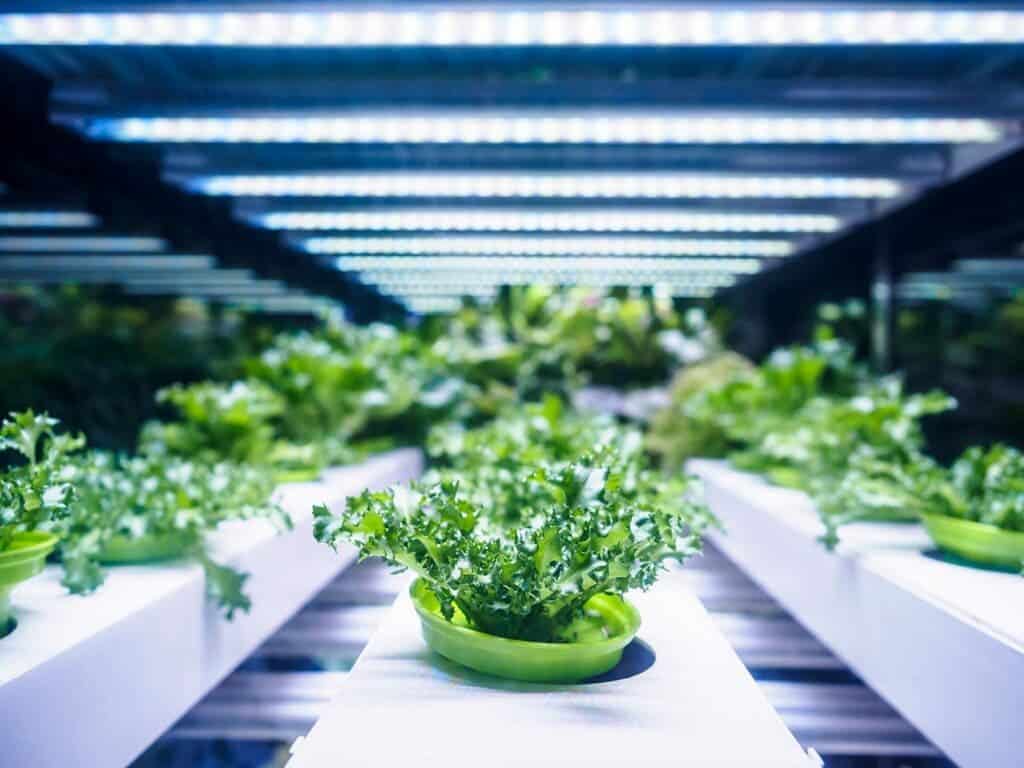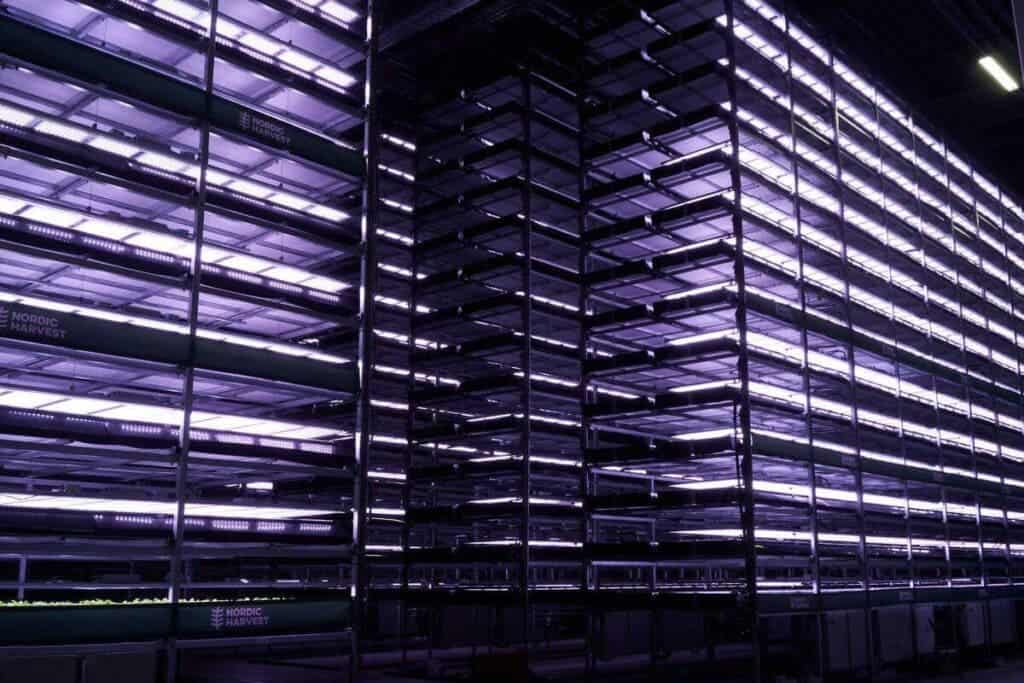When you look at a lush, green, delicious plant, you probably tend to think it comes from a fertile land somewhere in the world. Well, that might no longer be the only option out there. A vertical farm just opened up in an old warehouse without windows in Copenhagen and it expects to produce 1,000 tons of produce per year by 2021, showing that vertical farms really do have a solid future.

They won’t see the light of day or have access to soil, but hundreds of tons of lettuce, herbs, and kale (among other produce) will soon be coming out of the vertical farm. The advantage of the vertical farm is that it takes less space than a conventional crop, helping to meet the world’s food demand and producing food locally instead of importing it.
Around 37% of the earth’s landmass is used for agriculture, according to the World Bank. But climate change and conflicts can challenge the availability of land for farming, not to even mention soil erosion — one of the major environmental issues that often fly under the radar. A quarter of the world’s productive lands have already been degraded, according to the World Food Programme, challenging food security.
The project is run by YesHealth Group, a Taiwanese company with a long record developing vertical farming technology, in partnership with Nordic Harvest, a Danish start-up that wants to use technology to make food production more sustainable. YesHealth already runs in Taiwan the largest vertical farm in China.
It’s not actually a brand-new idea, as vertical farms have been around for almost a decade. They first took in Asia and the United States, which has the world’s biggest vertical farm, located in a steel mill in New Jersey and producing two million pounds of produce every year. But the idea is now also catching up in Europe.
“We offer a more sustainable way of producing food year-round, locally, without disturbing nature,” founder of Nordic Harvest, Anders Riemann, told Reuters. “We take some of the food production back into the cities where you can grow in a much smaller land and space-optimized in the height.”
The farm is installed in a 7,000 square meter hall and has 14 shelves of greens stacked up toward the ceiling in aluminum boxes. It’s all automated, with robots used to move the shelves into position and stack the produce. When fully operational, the farm will be hermetically sealed to secure the farming conditions.

Water consumption will be between 90% and 95% lower compared to traditional farming. No artificial fertilizers, pesticides, or other toxic chemicals will be used. About 200 tons of produce will be harvested in the first quarter of 2021 but this would reach 1,000 annually when the farm runs at full capacity by end of 2021.
The project also addresses one of the frequent criticism vertical farms have, the fact that they require a vast amount of electricity to provide artificial light — but for Denmark, that won’t be too big of a problem. The farm uses 20,000 specialized LEDs lightbulbs, manufactured by YesHealth, that are powered by renewable energy from Denmark’s extensive wind farms.
“A vertical farm is characterized by not harming the environment by recycling all the water and nutrition or fertilizer,” said Riemann. “In our case, we use 100% energy from windmills which makes us CO2-neutral.”
Denmark reported record-breaking wind power in 2019, covering 47% of the country’s electricity demands for the entire year. Out of the 47%, most came from onshore (29%), although offshore also generated a healthy amount (18%). The country expects to keep expanding renewables as a way to reduce its emissions.
Edit: The title of the article mistakenly stated that it is a wind farm. This has now been corrected.









